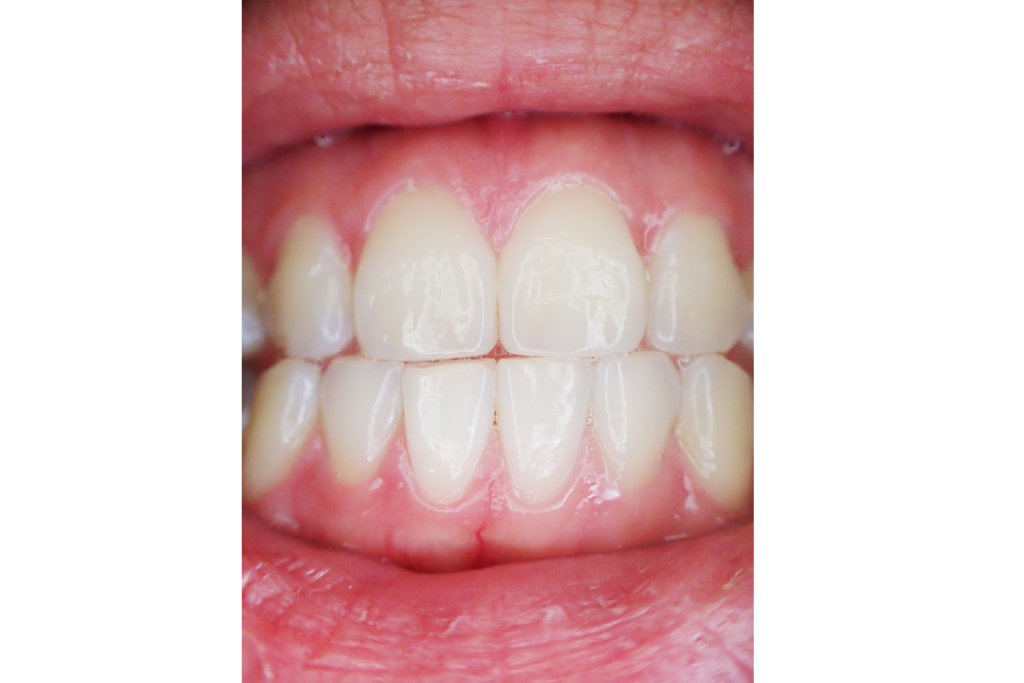
A tooth is a small, calcified, whitish structure found in the jaws of many vertebrates and use to breakdown food. Teeth are not made up of bone, but rather of multiple tissues of varying density and hardness.
- There is a universal belief that sugar is the major ill-causer for healthy teeth. But the truth is there are lots of food consumption that affects healthy teeth such as acidic low pH foods, sour candies, etc.
- Like finger prints, everyone’s tongue print is unique. A complete oral care doesn’t only include cleaning of teeth and gums. Cleaning of tongue is also an important step for healthy oral unit.
- Clean your floss twice daily, as floss covers 35-40% of the tooth surface.
- The recommended time for brushing teeth is for 2-3min, where the average person brushes hardly for a minute.
- Although the tooth enamel is the hardest substance of the body, using teeth to open bottle caps is not recommended as they cause gum weakness.
- Yellow teeth are more stronger than the white ones. As we grow older, the structural changes in dentine (bone like tissue below the tooth enamel surface) and a reduced blood supply to teeth may make teeth appear more yellow, which doesn’t mean they are less healthy.
- If you don’t replace your toothbrush after catching a cold, the bacteria in the brushes can reinfect you and make you sick.
- Braces use for tooth straightening may cause food, bacteria and acid to stick them, thus affecting the tooth enamel. Eventually you may develop cavities, that can turn out to be harmful.
- Vitamin rich foods, foods containing calcium such as cheese, almonds and leafy greens and foods rich in phosphorus such as meat, eggs and fish can help keep tooth enamel stronger and healthy.
- Prefer fresh juices than pop and sports drinks as they cause faster tooth decay. People who drink more than 2 glasses of soda each day have 62% more tooth decay, fillings & tooth loss than others. In cases, using a straw while drinking soda will bypass the acid to your teeth.
- Chewing celery helps in producing more saliva in the mouth which prevents plaque. Eating celery once a week can help your teeth naturally clean on top of brushing.
Like this:
Like Loading...
Related Articles
 A tooth is a small, calcified, whitish structure found in the jaws of many vertebrates and use to breakdown food. Teeth are not made up of bone, but rather of multiple tissues of varying density and hardness.
A tooth is a small, calcified, whitish structure found in the jaws of many vertebrates and use to breakdown food. Teeth are not made up of bone, but rather of multiple tissues of varying density and hardness.